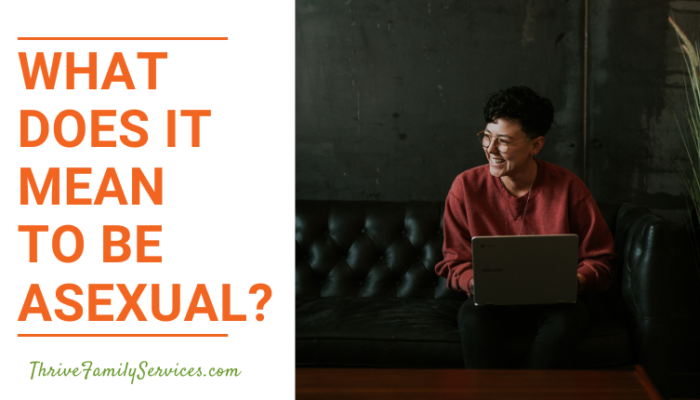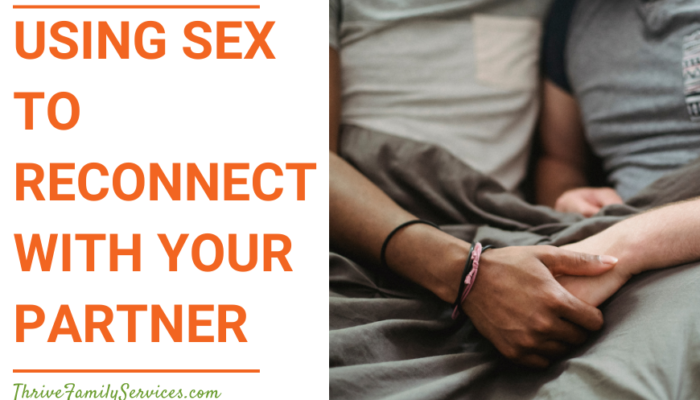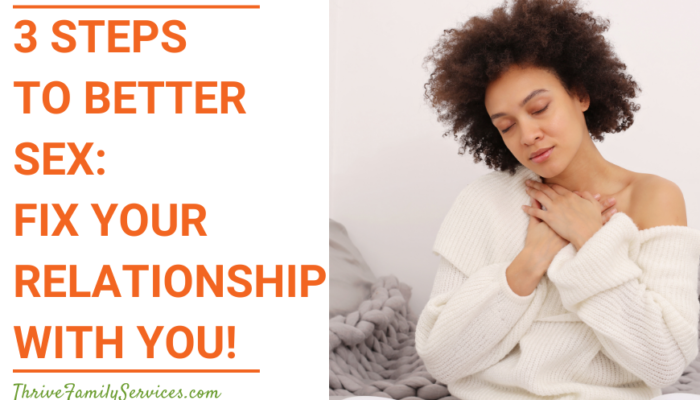In today’s culture, there has been an increase in talk of and awareness of minority sexualities. Inclusivity of sexualities other than heterosexuality (such as (lesbian, gay, bisexual, transsexual, and queer, asexual, etc.) has also grown with this increase in awareness. Personally, I’ve seen more coverage of other types of sexuality in movies, social media, news stories, and television. So cool and so important, right?
The acronym “LGBTQ+” has become more widely recognized and used, indicating a representation of sexualities other than heterosexuality. However, there are more sexualities than just the five in this acronym, and these other sexualities are represented by the + at the end of the acronym.
Ever wondered what other sexualities are represented by that little plus sign?
Asexuality is one of those underrepresented sexualities and many people are not aware of what exactly it means to be asexual, let alone how to be more inclusive of this sexuality.
From the results of one of the more recent surveys, it’s estimated that about 1% of the population identifies as being asexual. In its simplest form, asexuality can be defined as “the experience of not being sexually attracted to others” or “not valuing sex or sexual attraction enough to pursue it.” (These definitions are provided by the book The Invisible Orientation written by Julie Sondra Decker).
It’s important to distinguish between “asexual” and “celibate.” If someone is asexual, it is not a choice, a statement of religious/moral values, or an automatic result of trauma. On the other hand, someone that chooses to abstain from sex would NOT be asexual.
Like all other sexualities, it isn’t a decision to be asexual. Asexual is not the same as anti-sex. It’s not something that can be cured with therapy (or any treatment) or “the right partner.” Asexuality is just a sexual orientation characterized as a sexual attraction to no one.
On a similar note, people with low sexual desires or people in relationships that become sexless are the not the same as being asexual. It’s not uncommon for people’s level of sexual desire to change over the course of their lifetime or over the course of their relationship. Someone’s sexual orientation is not something that changes over the course of their life. Sexual activity can definitely be something that changes over time, however. Negative relationship cycles, emotional disconnection from a partner, and life stress are all factors that would impact someone’s desire for sex.
The difference between this and asexual people is that asexual people have never experienced sexual attraction to anyone.
Some asexual people want romance, masturbate, have a libido, and/or want children. Some don’t want any of that. Some asexual people are willing to have sex with others despite a lack of sexual attraction. Some aren’t. The presentation of asexuality is different for everyone in this group, but they all share the common experience of not feeling a sexual attraction to anyone. This does not mean that they can’t become sexually aroused. Arousal is not the same as attraction. People who are asexual can (and do!) have sex with other people or participate in masturbation. Remember that asexuality is about attraction – not a willingness to engage in behavior.
In the world and even in therapy, sex is considered to be a healthy, normal, necessary, and expected part of all people’s lives. Therefore, it is very common for a feeling of unnaturalness to spring up when we first think of asexual people (even subconsciously). There is a misconception that asexual people miss out on a supposedly necessary connection with other people.
Some well-meaning people will suggest a hormone-deficiency, a trauma, an illness, or a medication as the catalyst for an asexual orientation. Sure, a lack of sexual interest can be a side-effect of these things. But it would be inaccurate to assume that asexuality can’t be a valid sexual orientation on its own. (Just like it could be inaccurate to assume that you are asexual without ruling out these factors!) However, there is no evidence that asexual people have any difference in hormones than people who do experience sexual attraction.
In most cases, asexuality is not caused by any physical or psychological “issue.” In cases where a person did experience sexual attraction that suddenly went away, there might be a physical or psychological influence.
Asexuality as an orientation is not an indicator of someone being physically or psychologically unhealthy. It isn’t a diagnosis. Therefore it should not be treated like an issue that has a cure any more than homosexuality should.
In summary, it is estimated that 1 in 100 people have an asexual sexual orientation. This is not a choice that someone makes. It is not something that can be cured. Asexuality described attraction, not a decision or an action. Asexuality is not an indicator of a health issue. There should not be an expectation for asexual people to give it time or try out other orientations until they “give up.”
It is important to increase the inclusivity of asexual folks to fight the stigma of asexuality being anything but a valid, accepted description of sexual attraction.
So how can we be more inclusive of this underrepresented sexual orientation?
Here is a quick bullet list of things to remember:
- Acknowledge that asexuality exists. LGBTQIA+ is a more inclusive way to abbreviate minority sexual orientations. Fight the notion that there is something wrong or fixable about someone who identifies as asexual. Be careful about making blanket statements about sexuality, insinuating that everyone desires sex or that a sex drive is an indicator of health. Don’t assume that people who are single want to be in a romantic relationship.
- Keep in mind that sexuality is a spectrum. The term “sexual orientation” can’t be defined as a straightforward way to understand what gender(s) another person is attracted to. Rather, think of someone’s sexual orientation of a range from no one to everyone.
- Don’t make assumptions about what the actions of an asexual person look like or mean. If you find out that someone you know is asexual, do not trivialize their experience, try to think of counter-evidence that suggests you don’t believe them, or set up an expectation for how you think they should live.
- Acknowledge that it is possible for someone to be sexually attracted to no one. The majority of the population doesn’t interpret heterosexuality as “not yet bisexual.” Yet, asexuality is frequently interpreted as “not yet attracted to anyone” or a sexually underdeveloped person.
- Do not ask an asexual person to justify or explain their sexuality. This is just another way to subtly imply that asexuality is a disorder or something that is unhealthy. No one in the world has “a reason” for why their sexual orientation is what it is. Asking an asexual person to “be open-minded” about sex is like not taking a heterosexual person seriously unless they’ve tried out sex with someone of the same gender. Asexual people do not have an obligation to try to be otherwise.
- Remember that sexual orientation is not determined by behavior. It’s determined by attraction. Just because someone only has sex with the opposite gender doesn’t mean they can’t be bisexual. Similarly, just because someone has sex with people doesn’t mean they can’t be asexual.
- Representation of asexuality is important. This is true regardless of how many people identify themselves as being a part of this group. Although asexuality seems like a small group of people, more awareness brings more identification.
- Believe what they say. Don’t make suggestions for this person to “rule out” other possibilities, such as seeking therapy or trying a medication. If someone shares with you that they are asexual, believe them.
- Never out anyone. Just like any other minority sexual orientation, be sure to get clarification from an asexual person if they are “out” or not. Accidentally outing someone could be disastrous and hurtful.
Finally, it is okay if you have a hard time wrapping your head around the idea of asexuality or the idea that someone you love is asexual. It’s okay to not “get it” as long as you are respectful and accept that this is a real and valid sexual orientation.
If you or someone you love want more support in understanding and supporting asexual folks, get in touch with one of our Greenwood Village Counselors today.




